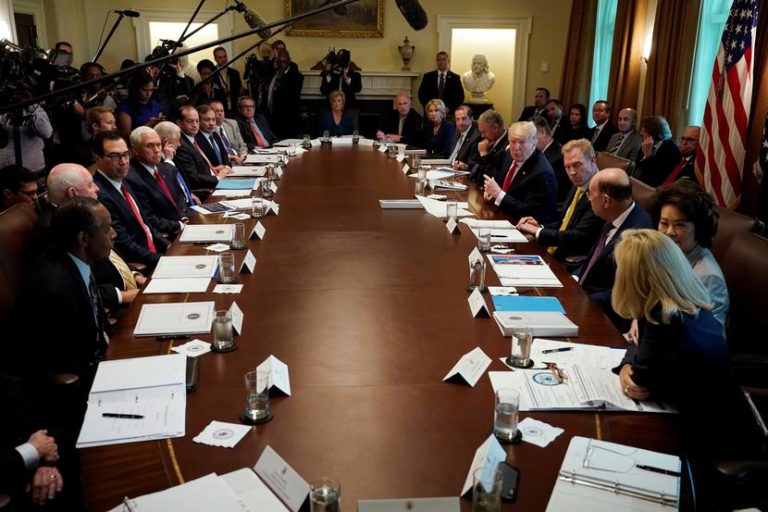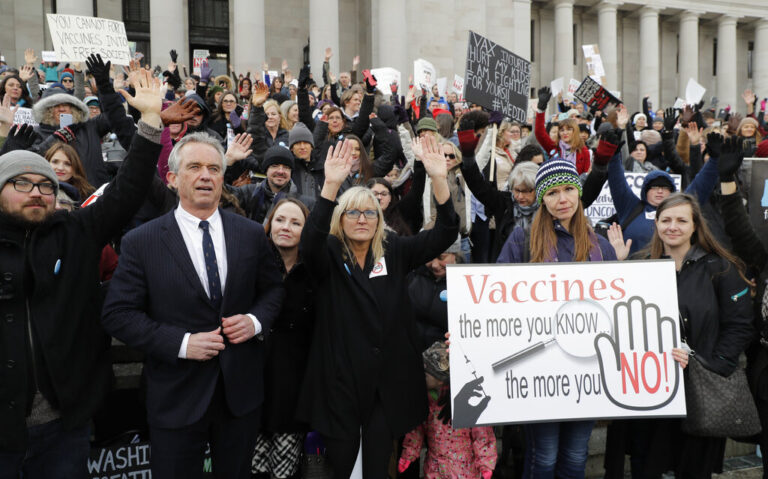
The U.S., Mexico, and Canada trade agreement, USMCA for short, has officially been signed after replacing the previous North American Free Trade Agreement (NAFTA). President Trump was the initial critic of NAFTA and made a point of it during his 2016 campaign when he said that it “was the worst trade deal the U.S. ever signed” even though the deal has quadrupled trade between all three countries. Now, after being in power for almost two years, Trump was able to renegotiate the agreement on September 30 and sign the agreement on November 30 after months of discussion.
The reason Trump wanted to renegotiate NAFTA was because he believed it created a loss of U.S. jobs and suppressed U.S. wages, according to The Balance. NAFTA was initially signed in 1992 by President George H.W. Bush and ratified in 1994 under President Clinton. It created one of the largest free trade zones with seven goals in mind, the main goal being to eliminate barriers of trade between the three countries to ensure the countries could grow their economies and competitiveness. However, Trump had expressed his disapproval of NAFTA and began to place tariffs on Mexico and Canada’s steel and aluminum products earlier this year. He had also threatened to pull out of the trading bloc altogether, according to NPR, breaking the original agreement that was made between the countries. It is a clear example of Trump’s tactic of abruptly changing foreign policy in order to get his way, at the expense of potentially causing rifts in relationships with other countries. This prompted Mexico and Canada to agree to a renegotiation in which they eventually settled on in September.
The largest revisions to the new trade agreement have been on the automobile industry and policies on labor and environmental standards. According to Vox, cars must have at least 75 percent of their components manufactured in the three countries to qualify for no tariffs, which was previously only 62.5 percent under NAFTA. The Wall Street Journal describes that the agreement will also have penalties for those governments that manipulate their currency to increase exports and it also outlines new rules for digital commerce, which was previously not outlined in NAFTA.
All that is left is the three countries legislation must ratify the deal, which for the U.S. may pose a conflict as it will likely be done in 2019, with a Democratic majority in the House that potentially could be reluctant on giving Trump a “win”.
-Regina Rivera



